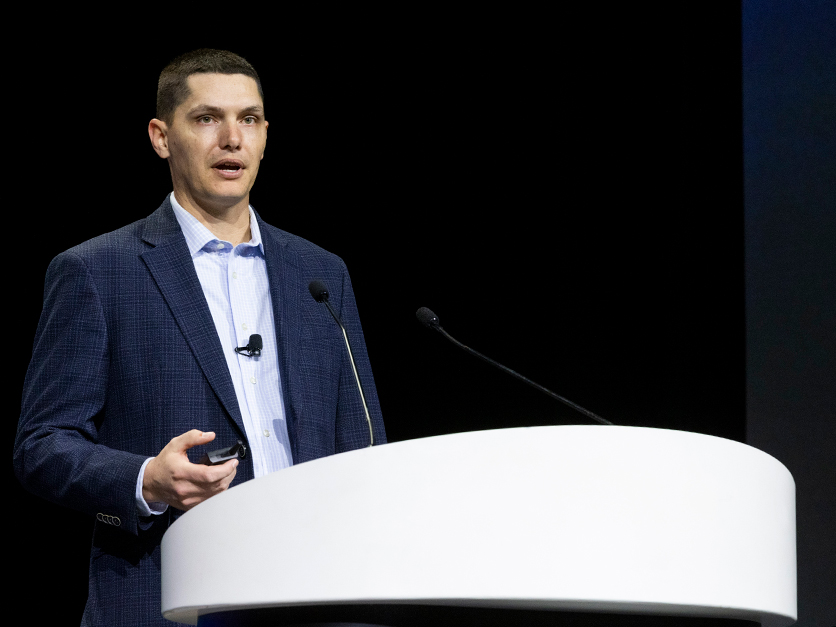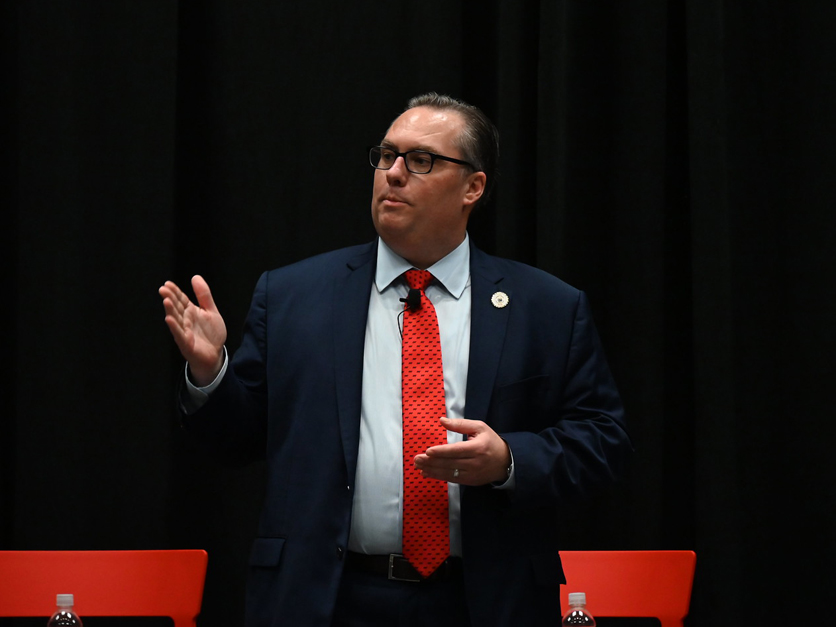Livestock producers are signing up for insurance programs that had long been overlooked by the industry, leading to a beef producer group jotting down another line item on an already lengthy lobbying agenda.
Programs like the Livestock Gross Margin, Livestock Risk Protection and Rainfall Index are now substantially larger parts of the business plans of ranchers across the country. LGM-Cattle policies, for instance, cover nearly 180,000 head for the 2023 crop year, up from 135 head in 2013.
More data from Cody Lovercamp, a risk management specialist who handles livestock programs for USDA’s Risk Management Agency, shows similar explosive growth in the LRP programs for fed cattle (from a little over 7,500 head in 2013 to nearly 400,000 in 2023) and feeder cattle (just over 131,000 in 2013 to more than 1.4 million so far in 2023).
LRP’s swine growth is even more dramatic; enrollment has grown to 9.6 million head for 2023, up from fewer than 20,000 in 2013.
In remarks at last week’s Cattle Industry Convention, Lovercamp said that lifting a $20 million cap on livestock programs in the 2018 budget deal “really opened up these livestock programs to updates and changes, and with that we’ve seen a lot of increases in participation.”
When the cap was in place, Lovercamp said, “it didn’t matter if it was the first month of the crop year or the end of the crop year, they were all lumped under this $20 million capacity. Once we hit that $20 million capacity for those livestock programs, sales for the entire crop year were shut down.”
Eliminating the cap also allowed USDA to expand the offerings nationwide and make the details more attractive to producers. LRP, for example, saw its head limit increase from 2,000 to 25,000 and its subsidy increase from 13% to 55%.
The growth comes on top of soaring popularity of RI, which covers decreases in rainfall on pasture and rangeland from historic trends. As many livestock producers battle dry conditions, RI policies have proven critical for in drought-stricken states.
 Cody Lovercamp, RMA (Photo: NCBA)
Ethan Lane, vice president of government affairs for the National Cattlemen’s Beef Association, said prior to boosted subsidies and other programmatic changes, the existing risk management program structure for cattle producers “wasn't really at parity with other programs like it for other commodities; it just wasn't as good a deal.”
Cody Lovercamp, RMA (Photo: NCBA)
Ethan Lane, vice president of government affairs for the National Cattlemen’s Beef Association, said prior to boosted subsidies and other programmatic changes, the existing risk management program structure for cattle producers “wasn't really at parity with other programs like it for other commodities; it just wasn't as good a deal.”As much as the existing program changes have already driven more interest in the program, more changes are expected to come soon.
Lovercamp told producers some of those changes could include accounting for higher quality cattle produced nationwide in the LRP-fed cattle calculations for the next crop year, possible expansion of the RI Pasture, Rangeland, Forage Program to more coverage areas, and the finalization of a new program to cover calves from birth to weaning age, something he said RMA plans to roll out “hopefully later this year.”
NCBA’s Ag and Food Policy Committee was briefed on the Weaned Calf program at last week’s convention, with Lane describing it as an example of another risk management tool in a cow-calf sector sorely lacking options.
Don’t miss a beat! It’s easy to sign up for a FREE month of Agri-Pulse news! For the latest on what’s happening in Washington, D.C. and around the country in agriculture, just click here.
“That is the largest part (of NCBA’s membership) and also the part that has the least tools available to them,” he said.
 Ethan Lane, NCBA
NCBA plans to keep a careful eye on the space as farm bill deliberations take place, noting the need to protect the programs from cuts that would halt growth as more producers explore their risk management choices.
Ethan Lane, NCBA
NCBA plans to keep a careful eye on the space as farm bill deliberations take place, noting the need to protect the programs from cuts that would halt growth as more producers explore their risk management choices.“We have seen just a huge uptick in the usage of these programs, so we’ve got to make sure that the funding is there, and if there is interest in more producers getting involved, that the programs have what they need to cover these producers,” Allison Rivera, who handles farm bill issues for NCBA, said in an interview with Agri-Pulse.
“We've had so much focus in other areas over the last few years, this is a pretty productive area that we can work in,” Lane added. “It's something our members are asking for and we want to make sure we're delivering on that.”
For more news, go to www.Agri-Pulse.com.


